Beyond the Wow Factor: When Humanoid Hype Hits Reality – Fix4Bot.com, Your Lifeline for Robotic Repair
The internet is ablaze, and for good reason. The short video clips are mesmerizing: humanoid robots gliding with an uncanny grace, interacting with objects, responding to commands with almost sentient understanding. They’re more than just metal and wires; they’re becoming eerily, captivatingly, human. The initial reaction is a heady mix of awe and maybe, just a touch of trepidation. “Are we ready for robots that look and act like us?” the comments sections erupt, a digital chorus of future-forward excitement and dystopian anxieties. The hashtags trend – #TechVerseShorts #AI #Robotics #Humanoid #FutureTech #Shorts – painting a picture of a future rapidly unfolding before our very eyes.
But beyond the captivating demos and viral videos, beyond the initial futuristic thrill, lies a fundamental question often overlooked in the whirlwind of innovation: what happens when the ‘wow’ factor falters? What happens when these intricate, sophisticated marvels, designed to mimic human form and function, inevitably experience the inevitable – damage, malfunction, the wear and tear of operation? The truth is, the very complexity that makes humanoid robots so stunningly advanced also makes them inherently vulnerable. And in a world poised to integrate these machines into our daily lives – from factories and hospitals to homes and public spaces – the question of repair isn’t just a technicality; it’s a crucial prerequisite for the widespread adoption of humanoid robotics.
Enter Fix4Bot.com. We are not just observers of this robotic revolution; we are its essential supporting pillar. We understand that the future of human-robot collaboration hinges not just on groundbreaking design and sophisticated AI, but on the equally critical infrastructure of maintenance and, yes, repair. While others are marveling at the seamless movements and lifelike interactions, we are delving deeper, understanding the intricate systems beneath the polished exterior, anticipating the points of failure, and developing the cutting-edge techniques necessary to diagnose, repair, and rejuvenate these complex machines.
Fix4Bot.com isn’t merely a repair service; we are architects of robotic resilience. We are the dedicated team of engineers, technicians, and AI specialists who stand ready to address the full spectrum of damages and malfunctions that can afflict humanoid robots, ensuring these technological wonders remain operational, efficient, and truly revolutionary. We’re not just fixing robots; we’re safeguarding the future they promise.
The Anatomy of a Humanoid Headache: Understanding Potential Damages
To truly appreciate the necessity and expertise of Fix4Bot.com, it’s vital to grasp the sheer complexity of humanoid robots and the myriad ways they can be compromised. These aren’t your average factory arms or automated vacuum cleaners. Humanoid robots are intricate ecosystems of interconnected systems, each vulnerable to unique forms of damage.
Let’s break down the potential points of failure:
Physical Damage: The Trials of Embodied Existence. Mimicking human form means embracing the inherent risks of the physical world. Humanoid robots, designed to navigate and interact within our spaces, are susceptible to impacts, falls, collisions, and general wear and tear. Think of the delicate dance of balance: a slight misstep, a slippery surface, an unforeseen obstacle, and a sophisticated robot could tumble, resulting in damage ranging from minor cosmetic scratches to critical structural failures.
Joint and Actuator Damage: Humanoid motion is orchestrated by a network of actuators and joints – intricate mechanisms that enable fluid movement. These components, often constructed from complex gears, servos, and hydraulic or pneumatic systems, are under constant stress. Heavy lifting, repetitive movements, or impacts can strain or outright break actuators, dislocate joints, or damage the intricate sensors that provide positional feedback. Repairing these systems demands precision engineering, often requiring the replacement of bespoke parts, recalibration of sensors, and meticulous reassembly to ensure smooth, coordinated movement is restored.
Limb and Body Panel Damage: The outer shell or ‘skin’ of a humanoid robot isn’t just for aesthetics; it provides protection to internal systems. However, these panels, often made from lightweight but potentially brittle materials like composites or polymers, can be cracked, dented, or shattered by impacts. Beyond superficial damage, these breaches can expose sensitive internal components to dust, moisture, and further physical harm. Repair involves not just replacing panels but meticulously sealing and reinforcing the robot’s protective shell to prevent future ingress of harmful elements.
- Hand and End-Effector Damage: The dexterity of humanoid hands is a marvel of engineering. These intricate mechanisms, designed to manipulate tools and objects with human-like finesse, are inherently delicate. Forceful grasping, dropping objects, or collisions can damage fingers, sensors, or the complex mechanisms within the hand. Repairing these sophisticated end-effectors often requires microscopic precision, replacement of tiny sensors, and careful recalibration to restore fine motor control and gripping capabilities.
Sensor System Failures: Blindness in the Age of Sight. Humanoid robots rely on a suite of sensors to perceive their environment, navigate, and interact with the world. These include cameras (for vision), LiDAR or depth sensors (for spatial awareness), tactile sensors (for touch and pressure), and auditory sensors (for sound). Damage to these sensor systems can cripple a robot’s ability to function effectively and safely.
Visual Sensor Damage: Cameras are the ‘eyes’ of a robot. Scratched lenses, damaged image sensors, or misaligned optics can lead to blurry, distorted, or completely unusable vision. Impacts can also damage the delicate wiring and connectors within the camera system. Repairing visual sensors involves meticulous lens cleaning or replacement, sensor replacement, precise optical alignment, and thorough testing to ensure accurate image capture and processing.
Depth and Spatial Sensor Malfunctions: LiDAR and depth sensors provide robots with a 3D understanding of their surroundings. Damage to these sensors, often sensitive to impacts and environmental conditions, can lead to inaccurate spatial mapping, navigation errors, and safety hazards. Repairing these systems can involve replacing sensor modules, recalibrating laser emitters or receivers, and ensuring proper alignment with the robot’s overall frame.
- Tactile Sensor Degradation: Tactile sensors in robot hands and limbs are crucial for delicate manipulation and force feedback. These sensors, often based on pressure-sensitive materials or strain gauges, can degrade over time, become less sensitive, or be damaged by excessive force or punctures. Repair requires replacing sensor arrays, recalibrating sensitivity thresholds, and ensuring proper integration with the robot’s control system for responsive touch feedback.
Software and AI Anomalies: The Ghost in the Machine. Humanoid robots are driven by complex software and sophisticated AI algorithms that govern their movements, decision-making, and interactions. Just like any computer system, these software components are susceptible to errors, bugs, corruption, and even external interference.
Software Bugs and Glitches: Complex software, especially in its early stages of development and deployment, can contain bugs that manifest as unpredictable behavior, malfunctions, or system crashes. These bugs might not be due to physical damage but to logical errors in the code. Fix4Bot.com’s diagnostic capabilities extend to identifying and resolving software glitches, requiring specialized debugging tools, code analysis, and potentially even rewriting sections of code to ensure stable, reliable operation.
AI Algorithm Corruption or Degradation: Humanoid robots often rely on machine learning algorithms that adapt and improve over time. However, exposure to unexpected data, errors in the learning process, or even deliberate malicious tampering can corrupt or degrade these AI models, leading to erratic behavior, incorrect decision-making, or a loss of learned capabilities. Repairing AI systems can involve retraining models with clean data, identifying and mitigating sources of corruption, and implementing security measures to protect against future tampering.
- Communication and Networking Issues: Humanoid robots often operate within networked environments, communicating with control systems, other robots, or cloud-based resources. Network connectivity issues, communication protocol errors, or cybersecurity threats can disrupt robot operation, isolate them from control, or even allow unauthorized access. Fix4Bot.com’s expertise includes diagnosing and resolving network connectivity problems, implementing secure communication protocols, and safeguarding robot systems against cyber threats.
Power System Failures: Running Out of Juice at the Wrong Time. Humanoid robots are typically powered by batteries, often high-capacity lithium-ion packs to provide sufficient energy for extended operation. The power system itself, including batteries, charging circuitry, power management systems, and wiring, is a critical point of potential failure.
Battery Degradation and Failure: Batteries degrade over time and with repeated charge cycles, losing capacity and eventually failing entirely. Physical damage, overheating, or improper charging can accelerate battery degradation or cause catastrophic failures like battery swelling or thermal runaway. Repair involves assessing battery health, replacing degraded or damaged battery packs with compatible high-performance alternatives, and ensuring proper battery management systems are functioning correctly to maximize battery lifespan and safety.
Power Management System Malfunctions: Humanoid robots employ sophisticated power management systems to distribute power efficiently to various subsystems and regulate voltage and current. Failures in these systems can lead to power fluctuations, system instability, or complete power loss. Diagnosing and repairing power management system issues requires specialized electronic testing equipment, component-level repair skills, and a deep understanding of robot power architecture.
- Wiring Harness Damage: The complex wiring harnesses that distribute power and signals throughout a humanoid robot are vulnerable to abrasion, pinching, breakage, or connector failures. Damage to wiring can lead to intermittent malfunctions, power shorts, or complete system shutdowns. Repairing wiring harnesses requires meticulous tracing of circuits, identifying and repairing breaks or shorts, replacing damaged connectors, and ensuring secure and reliable wiring connections are restored.
Fix4Bot.com: Your Dedicated Robotics Rescue Squad
Understanding the myriad ways humanoid robots can be damaged is the first step. The next is having the expertise and technology to effectively diagnose and repair these intricate machines. This is where Fix4Bot.com stands apart. We are not a generic repair service; we are specialists, deeply immersed in the nuances of humanoid robotics repair.
Our approach is built upon several core pillars:
Advanced Diagnostic Capabilities: Beyond Surface Scratches. Fix4Bot.com employs a multi-faceted diagnostic approach that goes beyond visual inspection. We utilize a suite of advanced tools and techniques to pinpoint the root cause of any malfunction, whether it’s physical damage, sensor errors, software glitches, or power system failures.
Sensor Data Analysis: We go beyond simply checking if sensors are ‘working.’ We analyze sensor data streams – visual feeds, depth maps, tactile readings – to identify subtle anomalies, drifts in calibration, or intermittent sensor failures that might not be immediately obvious. This allows us to proactively identify and address sensor issues before they lead to more significant problems.
Kinematic and Dynamic Analysis: For mobility-related issues, we employ sophisticated kinematic and dynamic analysis tools to assess joint movements, actuator performance, and overall robot balance. This allows us to identify mechanical inefficiencies, joint stiffness, or actuator weaknesses that contribute to movement problems.
Software and AI Debugging Tools: Our team utilizes specialized software debugging tools to analyze robot control code, AI algorithms, and communication protocols. We can identify software bugs, diagnose AI performance degradation, and pinpoint communication or networking issues that are impacting robot function.
- Non-Destructive Testing (NDT): For structural integrity assessments, we employ non-destructive testing techniques like ultrasonic inspection or thermal imaging to identify internal cracks, stresses, or weaknesses in robot components without requiring disassembly.
Precision Repair Techniques: The Art of Robotic Restoration. Repairing humanoid robots is not about brute force; it’s about precision, finesse, and the application of specialized techniques to restore function without compromising the robot’s delicate balance and intricate mechanisms.
Micro-Robotics and Precision Assembly: Many humanoid robot components are incredibly small and intricate. Fix4Bot.com utilizes micro-robotics and precision assembly techniques, including specialized tools and microscopic manipulation methods, to repair or replace even the tiniest components with accuracy and care.
Advanced Materials and Manufacturing: We understand the materials science behind humanoid robot construction. We utilize a range of advanced materials – from high-strength composites to specialized polymers to custom-fabricated metal alloys – for component replacement and structural reinforcement. We also leverage advanced manufacturing techniques like 3D printing and CNC machining to create custom parts when off-the-shelf replacements are not available.
Software and AI Recalibration and Retraining: Repairing software and AI systems is not just about fixing bugs; it’s about recalibrating and retraining algorithms to ensure optimal performance. Fix4Bot.com possesses the expertise to retune control algorithms, retrain machine learning models, and restore software systems to their original specifications or even implement performance enhancements.
- Cleanroom and ESD-Safe Environments: Many humanoid robot components are sensitive to dust, static electricity, and environmental contaminants. Fix4Bot.com operates within cleanroom and ESD-safe environments to ensure that repairs are performed in a controlled environment that minimizes the risk of further damage or contamination.
Mobile Repair Units and On-Site Service: Bringing the Fix to You. We understand that transporting a damaged humanoid robot can be challenging and potentially risky. Fix4Bot.com offers mobile repair units – fully equipped vans staffed by our expert technicians – that can bring our diagnostic and repair capabilities directly to your location. This minimizes downtime, reduces transportation risks, and provides convenient on-site service.
Preventative Maintenance Programs: Proactive Robotics Care. Beyond reactive repair, Fix4Bot.com believes in proactive robotics care. We offer comprehensive preventative maintenance programs designed to identify potential issues before they escalate into major problems. These programs include regular inspections, sensor calibration checks, software updates, joint lubrication, and component health assessments, helping to extend the lifespan and optimize the performance of your humanoid robots.
- Data Security and Ethical Considerations: Repair with Responsibility. Humanoid robots, especially as they become more integrated into our lives, will handle sensitive data and operate in ethically complex environments. Fix4Bot.com prioritizes data security and ethical considerations in all our repair processes. We ensure data privacy, maintain confidentiality, and adhere to strict ethical guidelines when working with robot systems.
The Future is Fixable: Fix4Bot.com, Ensuring a Sustainable Robotic Revolution
The excitement surrounding humanoid robots is palpable, and for good reason. They represent a paradigm shift in technology, promising to transform industries, enhance human capabilities, and redefine our relationship with machines. But the realization of this robotic future hinges not just on innovation, but on sustainability. And sustainability in robotics means reliability, longevity, and, crucially, the ability to effectively repair and maintain these complex systems.
Fix4Bot.com is more than just a repair company; we are a vital enabler of this robotic revolution. We provide the essential infrastructure of expertise, technology, and dedication necessary to keep humanoid robots operational, efficient, and contributing to a future where humans and robots collaborate seamlessly. As the field of humanoid robotics continues to evolve and expand, Fix4Bot.com will remain at the forefront, constantly innovating, refining our techniques, and ensuring that when the inevitable happens – when even the most advanced robot needs a helping hand – we are there, ready to diagnose, repair, and restore these marvels of engineering to their full, awe-inspiring potential. Because the future isn’t just about building robots; it’s about ensuring they can keep working, evolving, and wowing us for generations to come. And that’s a future Fix4Bot.com is actively building, one repair at a time.

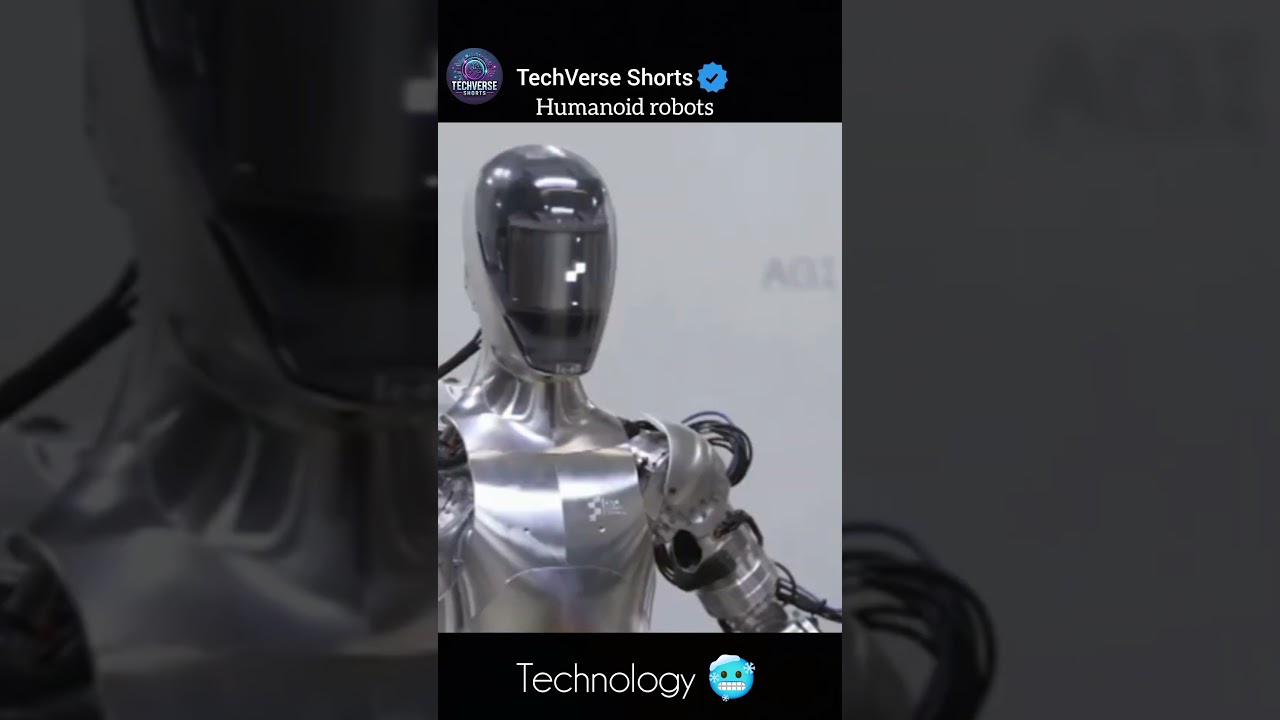
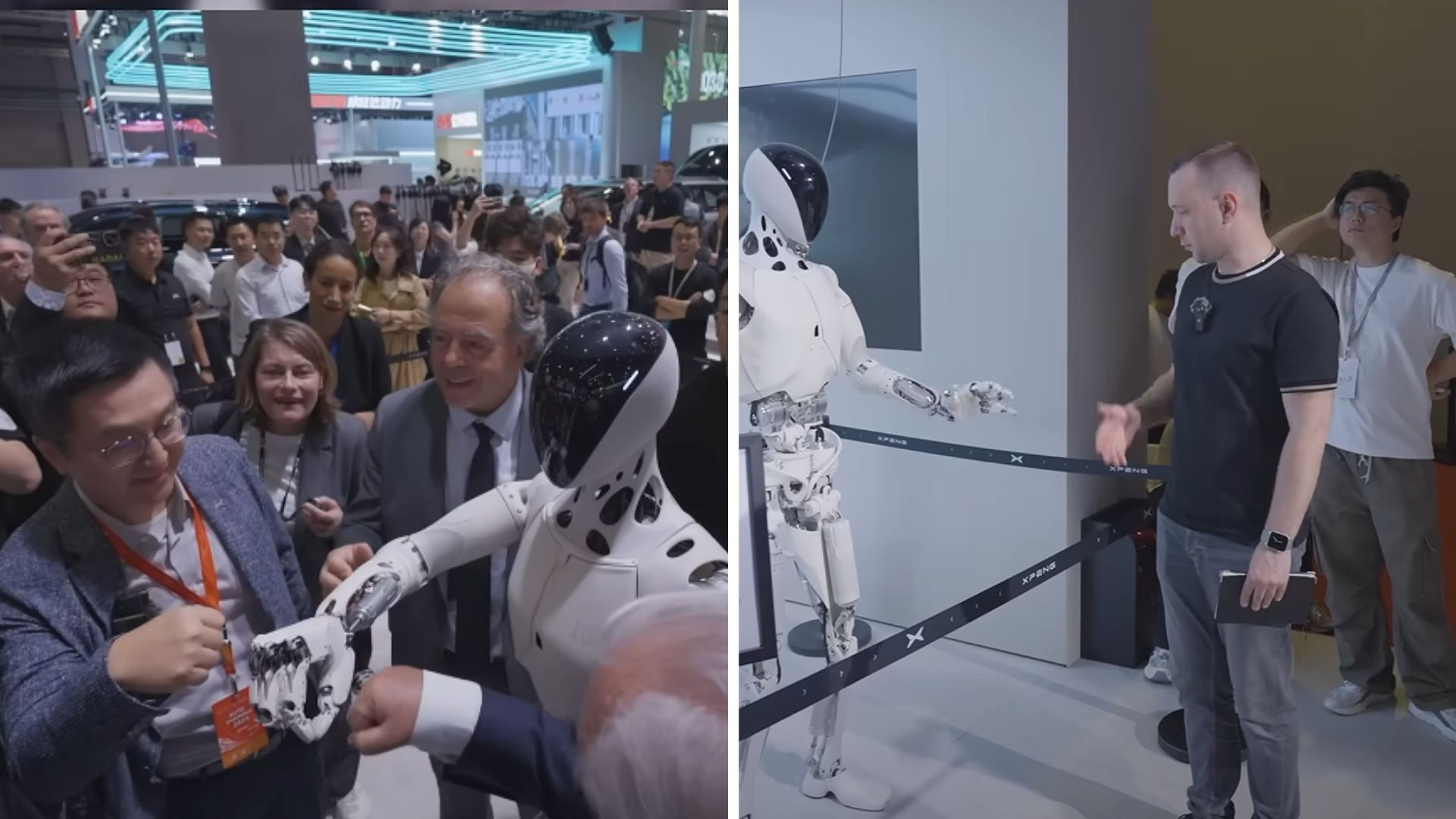

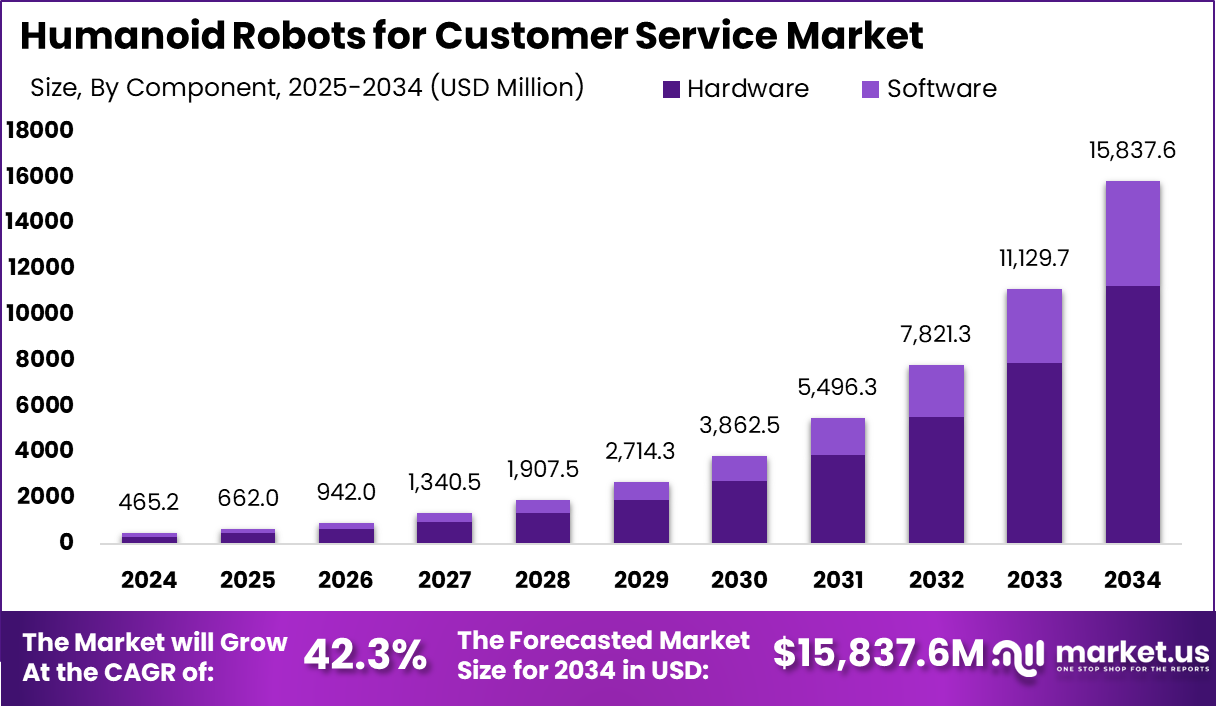
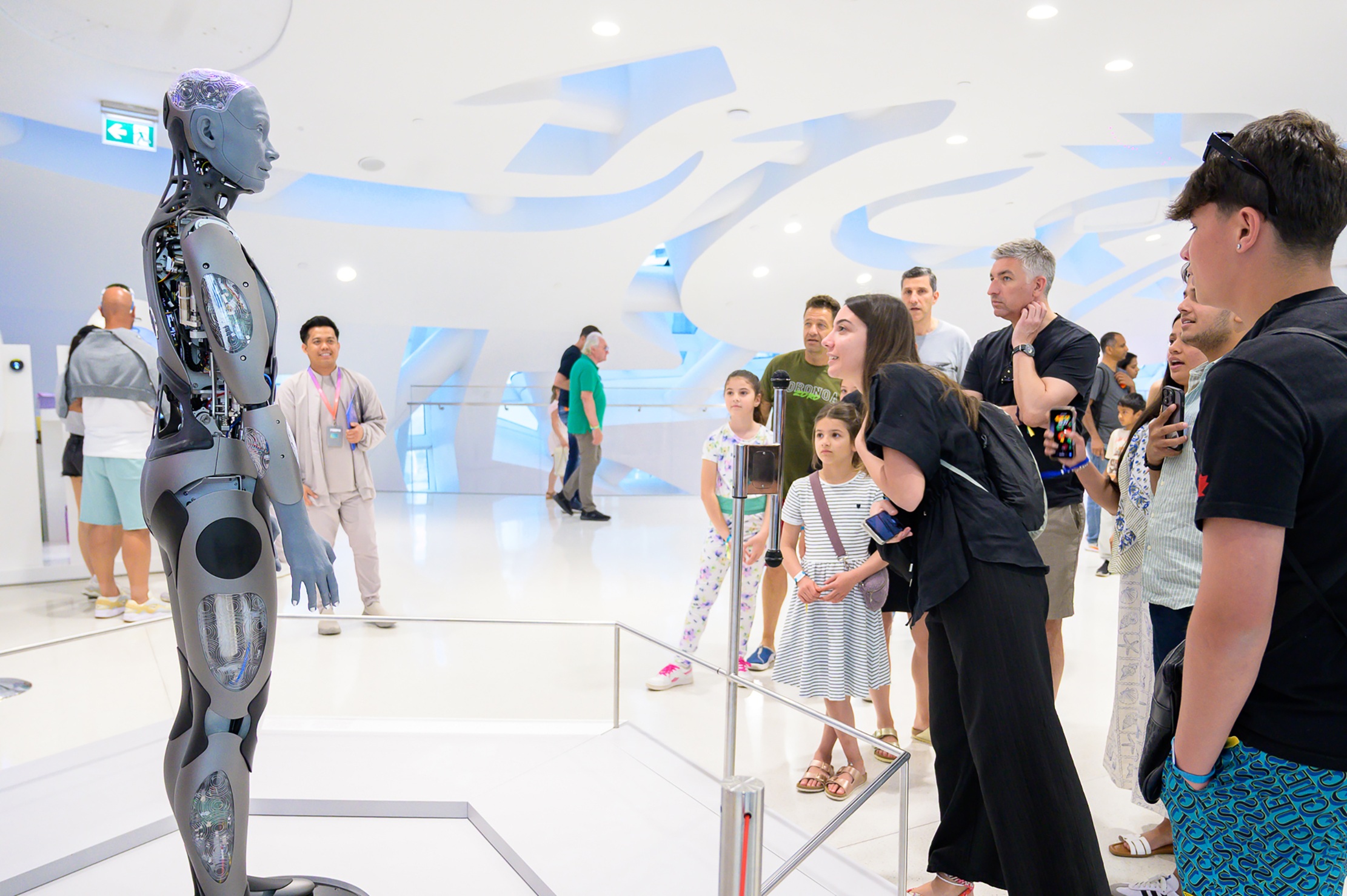
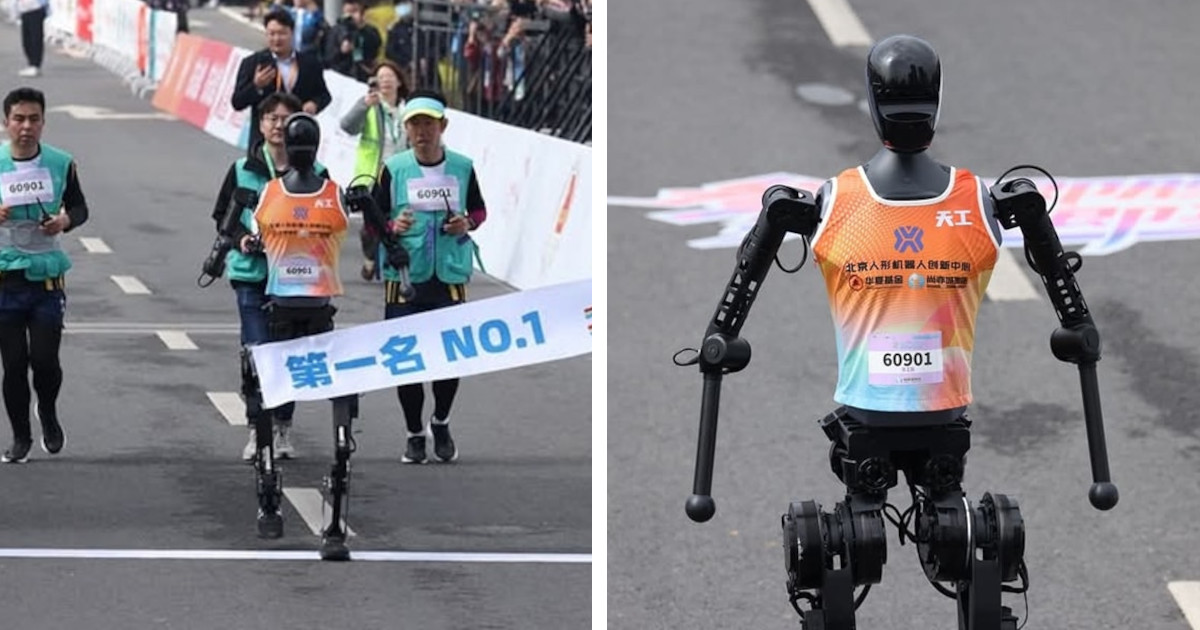
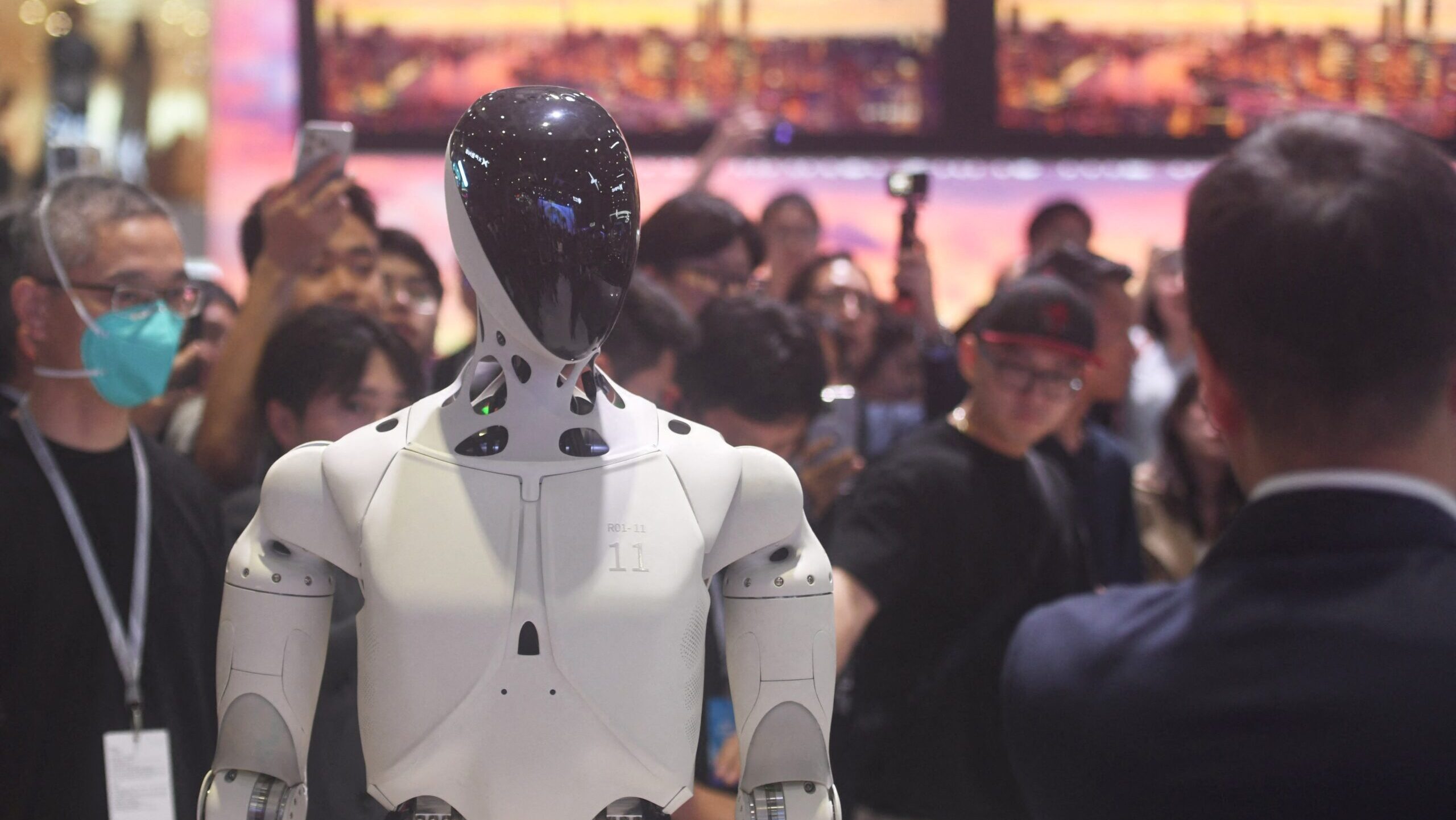

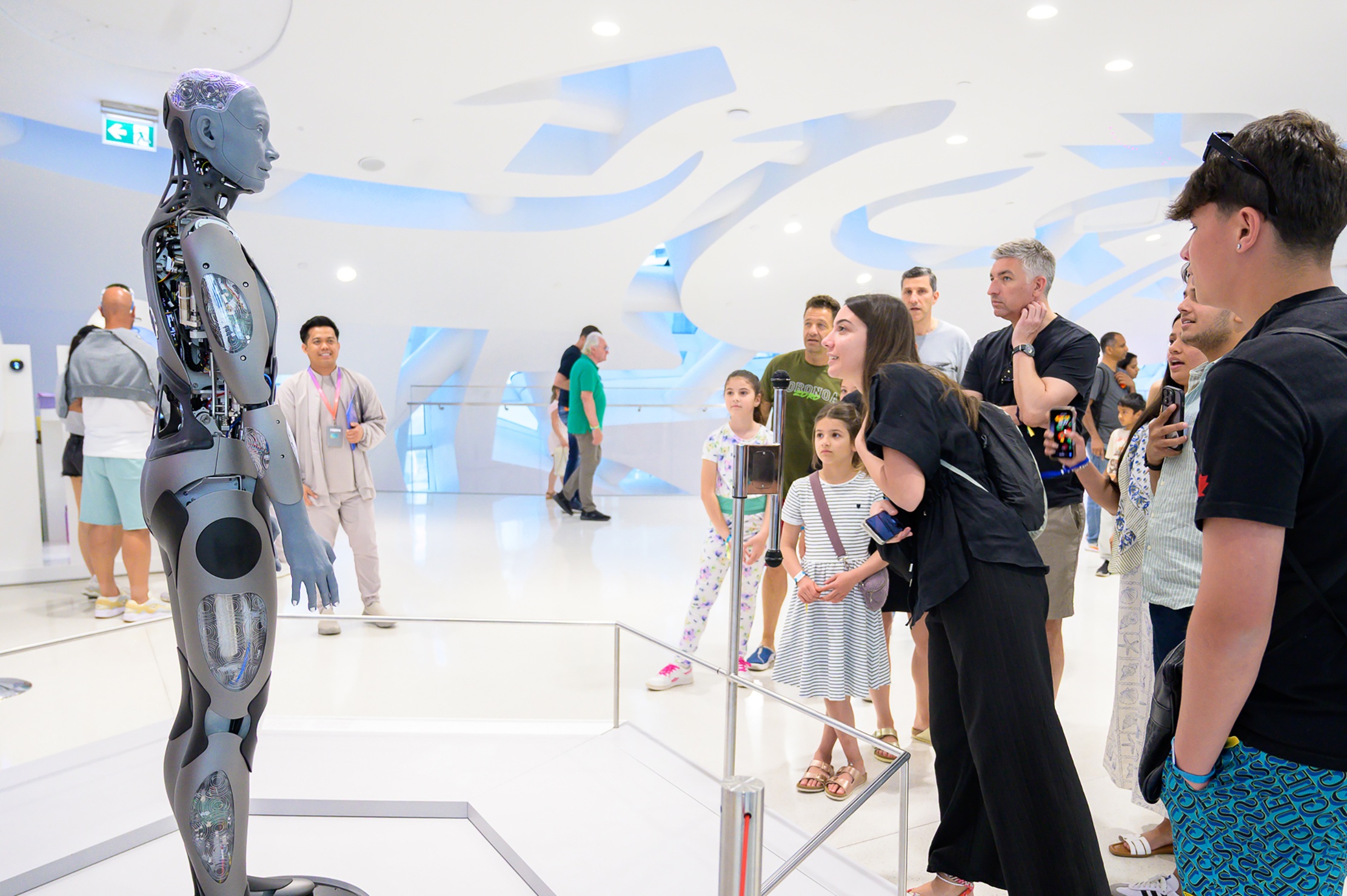

Zordaar👍
Gajab
Amazing
Superb 🔥
❤